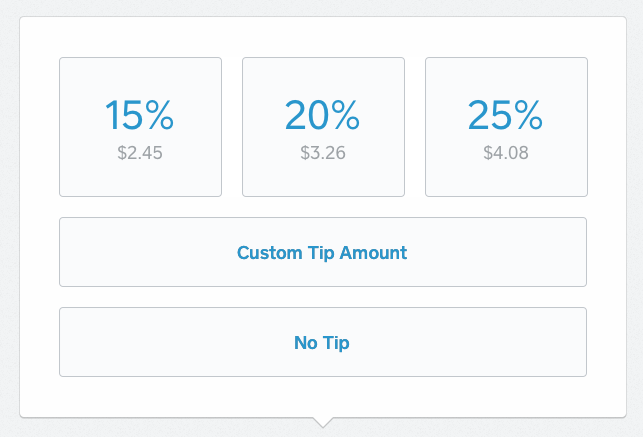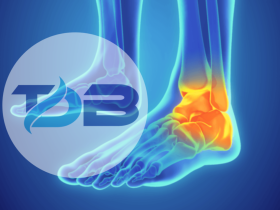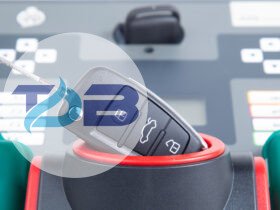Tip screens have become a common part of our daily transactions, offering a quick and convenient way to tip in places where cash was traditionally used. These digital screens are popping up in cafes, restaurants, taxis, and more. In this guide, we’ll explore what a tip screen is, how it works, and the many benefits it offers.
What is a Tip Screen and How Does it Work?
A tip screen is a digital interface often attached to a point-of-sale (POS) system, allowing customers to select a tip amount easily. It usually appears after a payment is processed, giving customers a simple way to tip without needing cash. This process is straightforward: the customer taps an option, and the tip is added to their total, making transactions quicker and easier.
Tip screens can be found in various settings, from coffee shops to ride-sharing services. Typically, they offer a range of suggested tipping options, like percentages (10%, 15%, 20%) or custom amounts. Some even include descriptions or suggest tips based on the service quality, making it easy for customers to select an appropriate amount.
Why Do We See Tip Screens Everywhere?
Tip screens have become popular for a few key reasons. Firstly, they streamline the tipping process, making it quicker and more convenient for both customers and service workers. In an increasingly cashless society, tip screens ensure that workers still receive gratuities, even if customers don’t have cash on hand.
Additionally, tip screens provide a gentle reminder to tip, encouraging customers to leave gratuities that they might otherwise skip. Businesses benefit from this added convenience and increased tipping, as it can help support their staff and improve customer satisfaction.
Benefits of Using a Tip Screen

Quick and Simple Payments
One of the primary benefits of tip screens is how they speed up transactions. With a few taps, customers can select their preferred tip amount and complete their payment. This is especially useful in busy environments, where efficiency is essential.
Fair Tipping Options
Digital tip screens offer preset tipping options, such as 10%, 15%, or 20%, making it easy to tip fairly. This approach provides a level of transparency and ensures that customers know exactly how much they’re tipping.
Great for Busy Places
In crowded settings, like cafes or fast-food spots, tip screens help maintain a steady flow by reducing the time needed for each transaction. Customers don’t need to fumble with cash, and employees can quickly process payments, keeping lines moving.
How to Use a Tip Screen in 3 Easy Steps
Using a tip screen is straightforward. Here’s a simple step-by-step guide to follow the next time you encounter one:
- Complete Your Payment: After the service, you’ll first need to pay for your purchase. This can be done with a card, digital wallet, or other electronic payment method.
- Select a Tip Amount: Once your payment is processed, the tip screen will display a range of options. Choose the amount you wish to tip by tapping on your preferred option.
- Confirm Your Selection: After selecting the tip, confirm your choice to finalize the transaction. Your total will then include the tip amount, and you’re good to go!
Do You Have to Tip? Understanding Your Options
While tip screens make tipping easy, they do not obligate you to tip. Tipping remains a voluntary action, and you always have the option to skip it. Most tip screens will include a “No Tip” or “Skip” button, so if you prefer not to tip, you can simply select that option and complete your transaction.
It’s important to remember that tipping is a personal decision based on your satisfaction with the service. While some customers may feel pressured to tip due to the visibility of the screen, it’s ultimately up to you.
Choosing the Right Tip Amount for You

Understanding Percentage Options
Tip screens often feature percentages, which can be a quick way to decide on a fair tip. For example, many services recommend a minimum of 10% to 15% for standard service and up to 20% or more for excellent service.
Custom Tip Options
In addition to percentages, many tip screens offer a custom tip option, allowing you to enter a specific dollar amount. This can be helpful if you have a set budget or want to tip a specific amount.
Tips for Using Tip Screens Like a Pro
- Consider the Service: Think about the quality of service you received. Was it fast and friendly, or did it fall short of your expectations? Let this guide your tip.
- Look at the Suggested Options: Most tip screens provide a range of options that can help you decide. Use these as a guideline, but remember, you’re free to choose any amount you’re comfortable with.
- Don’t Feel Obligated: Remember, tipping is a choice. If you feel pressured, take a moment to consider what you’re comfortable with before making a decision.
The Bottom Line
Tip screens offer a convenient way to show appreciation for service, making tipping simple and quick in a world that’s moving away from cash. While they’re becoming increasingly common, it’s always your choice to tip or not. By understanding how they work and considering your options, you can make informed decisions that suit your preferences.
With this knowledge in hand, you’re now ready to navigate the world of tip screens with confidence. Whether you’re at a coffee shop, in a cab, or enjoying a night out, you’ll know exactly how to handle that tip screen when it pops up,









































Leave a Reply